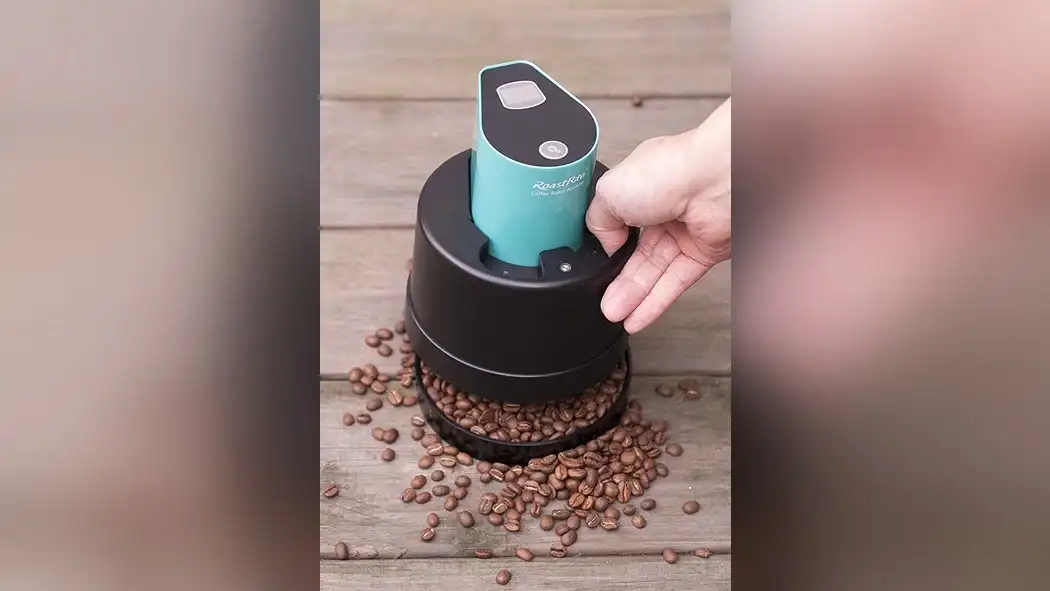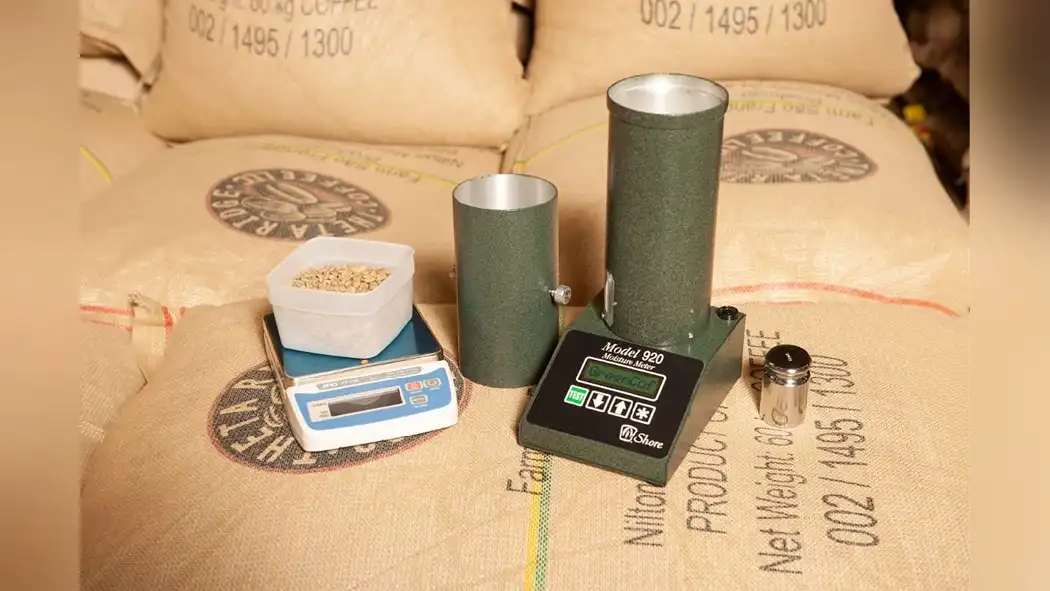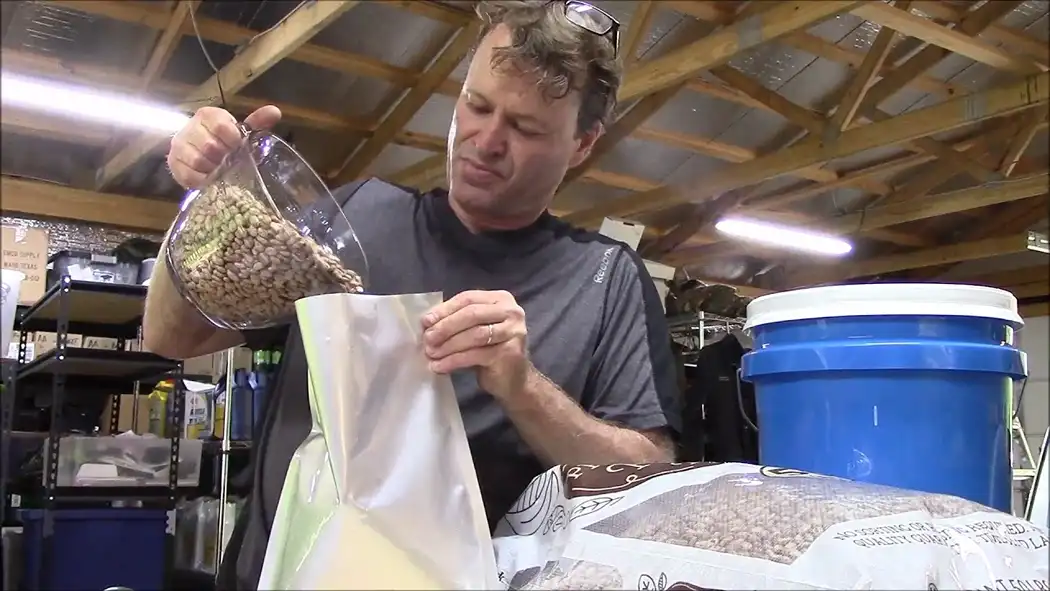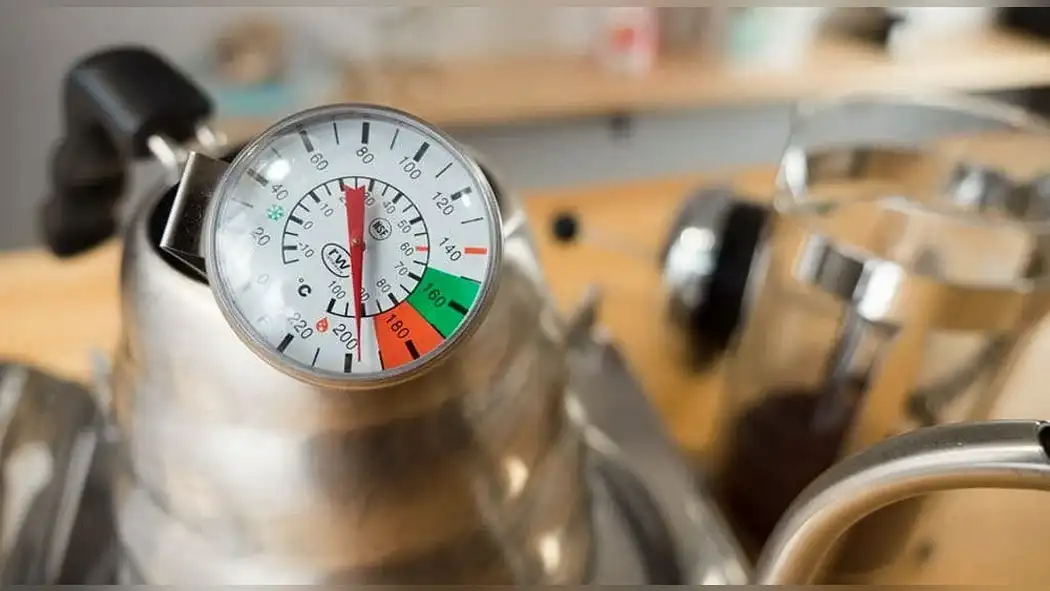Do you love the rich, aromatic taste of a perfectly brewed cup of coffee? If so, then you know how important it is to store your coffee beans properly to maintain their quality.
In this article, we will share six moisture control tips for storage that will help you enhance the flavor and freshness of your coffee. From understanding the impact of moisture to utilizing moisture absorbing materials, we’ve got you covered.
Get ready to take your coffee experience to the next level!
Understanding the Impact of Moisture
To understand the impact of moisture on coffee quality, you should be aware of the significant role that even small amounts of moisture can play. Coffee preservation is heavily dependent on moisture management.
When coffee beans are exposed to moisture, they can absorb it, leading to changes in flavor, aroma, and overall quality. Excess moisture can cause the beans to become moldy or stale, resulting in a loss of freshness and taste.
On the other hand, insufficient moisture can cause the beans to dry out and lose their natural oils, leading to a bland and lackluster cup of coffee. Proper moisture control is crucial in maintaining the optimal conditions for coffee storage, ensuring that the beans remain fresh and flavorful for an extended period of time.
Optimal Storage Temperature
Maintain the ideal storage temperature for coffee beans to ensure optimal freshness and flavor. Proper temperature control is crucial in preserving the quality of your coffee. Here are some tips to help you maintain the perfect storage temperature:
- Keep your coffee beans in a cool and dry place, away from direct sunlight and heat sources.
- Aim for a temperature between 50°F and 70°F (10°C and 21°C) for long-term storage.
- Too high temperatures can accelerate the aging process and lead to flavor deterioration.
- Too low temperatures can cause moisture condensation and affect the coffee’s aroma and taste.
By implementing these moisture control techniques and following proper coffee storage methods, you can ensure that your beans stay fresh and flavorful for a longer period.
Selecting the Right Packaging
When selecting the right packaging for your coffee beans, it’s important to consider factors such as freshness retention and protection from external elements. The packaging materials you choose play a crucial role in maintaining the quality of your coffee beans.
One of the key aspects to focus on is moisture prevention. Moisture can degrade the flavor and aroma of your coffee beans, so it’s essential to select packaging that has excellent moisture barrier properties. Look for packaging materials that are specifically designed to prevent moisture from entering or exiting the package.
Additionally, consider packaging options that have a one-way valve, allowing the release of carbon dioxide while preventing oxygen from entering. This will help to maintain the freshness and flavor of your coffee beans for a longer period of time.
Utilizing Moisture Absorbing Materials
Consider using moisture absorbing materials to further enhance the quality of your coffee beans. By incorporating these moisture absorption techniques into your storage process, you can ensure that your coffee remains fresh and flavorful for longer periods of time.
Here are two sub-lists of moisture control strategies that you can implement:
- Silica gel packets:
- These small packets contain silica gel, a highly effective moisture absorbent.
- Place a few packets inside your coffee storage container to help maintain optimal moisture levels.
- Activated charcoal:
- Activated charcoal is known for its ability to absorb odors and moisture.
- Add a layer of activated charcoal at the bottom of your storage container to help control moisture and prevent any unwanted flavors from developing.
Monitoring Humidity Levels
To ensure optimal coffee quality, monitoring humidity levels is crucial. By maintaining the right moisture levels, you can prevent mold growth and spoilage of your coffee beans.
This step is essential in preserving the flavor and aroma of your coffee for a longer period.
Optimal Moisture Levels
Maintain optimal coffee quality by actively monitoring humidity levels in your storage area. Controlling moisture levels is crucial for ensuring freshness and maintaining flavor in your coffee beans.
Here are two key factors to consider when monitoring humidity levels:
- Consistent temperature: Fluctuating temperatures can lead to condensation, which can spoil the coffee beans. Maintain a stable temperature in your storage area to prevent moisture buildup.
- Proper ventilation: Good airflow is essential in keeping moisture levels in check. Ensure that your storage area is well-ventilated to prevent the accumulation of excess humidity.
Preventing Mold and Spoilage
To prevent mold and spoilage, actively monitor the humidity levels in your storage area and take steps to control moisture.
Mold prevention is crucial in maintaining the quality and freshness of your coffee. High humidity levels can create a favorable environment for mold growth, which can ultimately affect the taste and aroma of your coffee beans.
By regularly monitoring the humidity levels, you can identify any fluctuations and address them promptly. Investing in a reliable hygrometer can help you accurately measure the moisture content in the air.
Additionally, consider using dehumidifiers or air conditioners to control the humidity levels in your storage area.
Proper humidity control is essential for quality preservation and ensuring that your coffee beans remain in top-notch condition.
Proper Handling and Sealing Techniques
Ensure your coffee’s quality by implementing proper handling and sealing techniques. To preserve the freshness and flavor of your coffee, it’s essential to use proper storage containers that keep moisture at bay. Here are two key techniques to help you achieve this:
- Use airtight containers: Invest in high-quality containers that have airtight seals. These containers will prevent any moisture from entering and affecting the coffee beans or grounds. Look for containers with secure locking mechanisms to ensure a tight seal.
- Avoid exposure to air: Keep your coffee away from exposure to air as much as possible. Whenever you open the container, make sure to close it tightly immediately after use. Oxygen can degrade the quality of the coffee, so minimizing its contact is crucial.
Conclusion
In conclusion, moisture control is crucial for improving coffee quality.
By understanding the impact of moisture, storing coffee at the optimal temperature, selecting the right packaging, utilizing moisture absorbing materials, monitoring humidity levels, and practicing proper handling and sealing techniques, you can ensure that your coffee stays fresh and full of flavor.
Remember, as the saying goes, ‘a stitch in time saves nine,’ so take the necessary steps to protect your coffee and enjoy a superior cup every time.
























